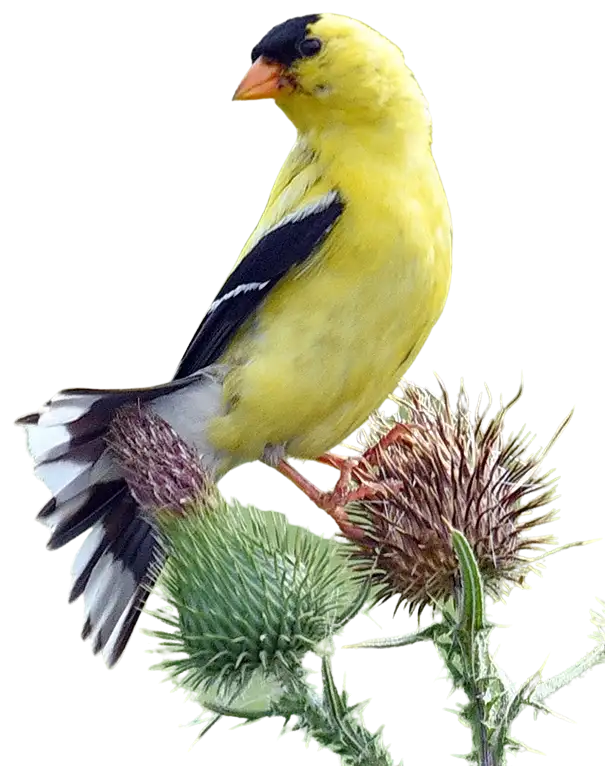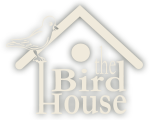NEXRAD Birdcasting
The term “NEXRAD” stands for NEXt generation RADar and is used by avid birders and professional ornithologists to track migratory birds. The images below show NEXRAD images of the United States. The blue circles reflect the density of flocks of birds, bats, or insects as they migrate over a radar station. By analyzing looping sequences of these and other colorful maps, scientists can reasonably forecast the density, location, direction and speed of birds during migration.
Many avid birders monitor NEXRAD radar data in order to predict the likelihood of it being a “good day,” which means we could be in store for a large raptor flight or passerine “fallout,” or a “good night,” where we can hear the flight calls of nocturnal migrants. Below are a few tools for monitoring weather and radar data
Being able to read and understand NEXRAD maps takes a little practice, and bird predictions always rely on some level of groundtruthing, but there are several resources on the web that can help.
The idea is to find a map of a region of the U.S. you are interested in tracking, such as the eastern half of the United States where you can pinpoint the arrival of migrants in the Gulf shore states and watch as the flocks (the blue blobs) move northward in spring (or retreat southward in the fall). Some birders also use NEXRAD to track night migration, thus finding opportune times to go outside at night to listen to nocturnal flight calls.
For timely forecasts and analysis, explore Birdcast.
For more details on how NEXRAD works to track bird movements, read these excellent articles:
Understanding Radar and Birds
Woodcreeper Radar Migration FAQ
You can watch the radar on your own using many weather services.
Here are two of our favorites:
National Center for Atmospheric Research
National Weather Service
Armed with the above information, you will well on your way to using NEXRAD as a tool for understanding seasonal migration cycles and can plan your birding trips accordingly.
Give NEXRAD a try. And if you already use radar to predict bird migration in the Rochester area, consider sharing your forecasts with RBA members here on our site.



